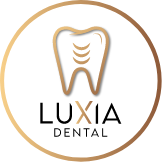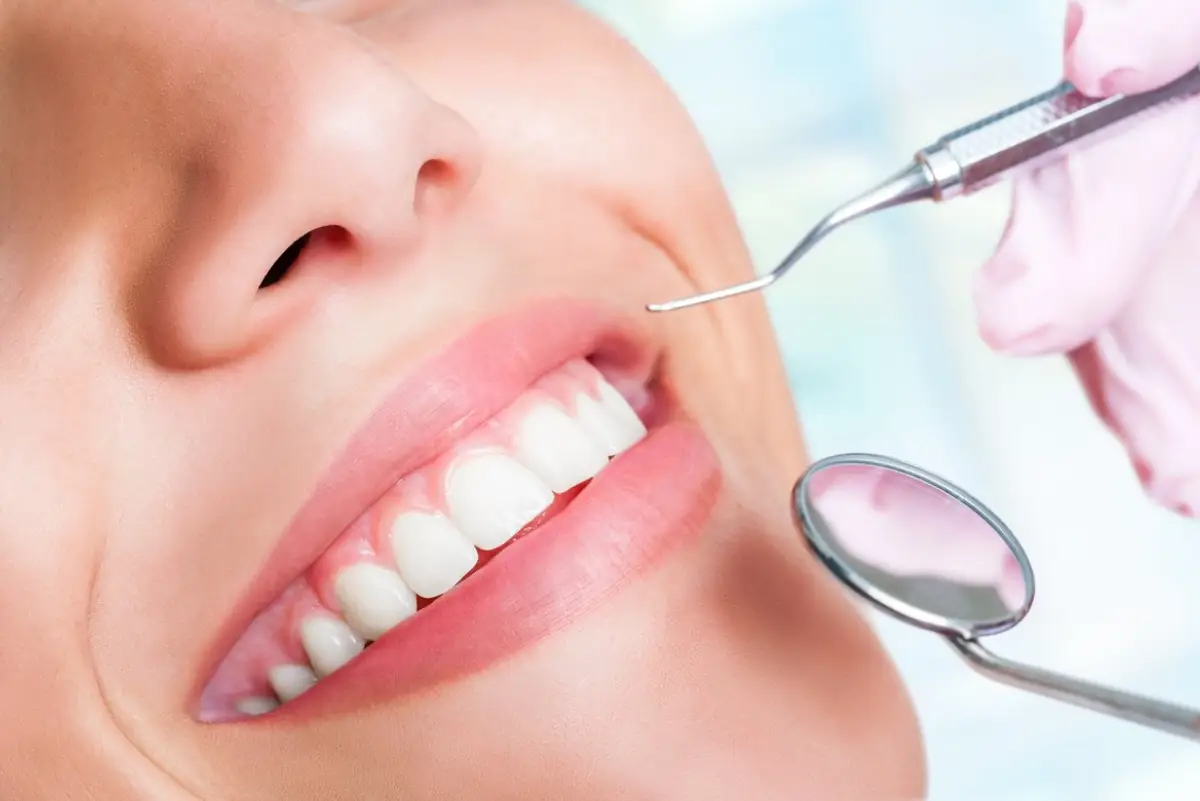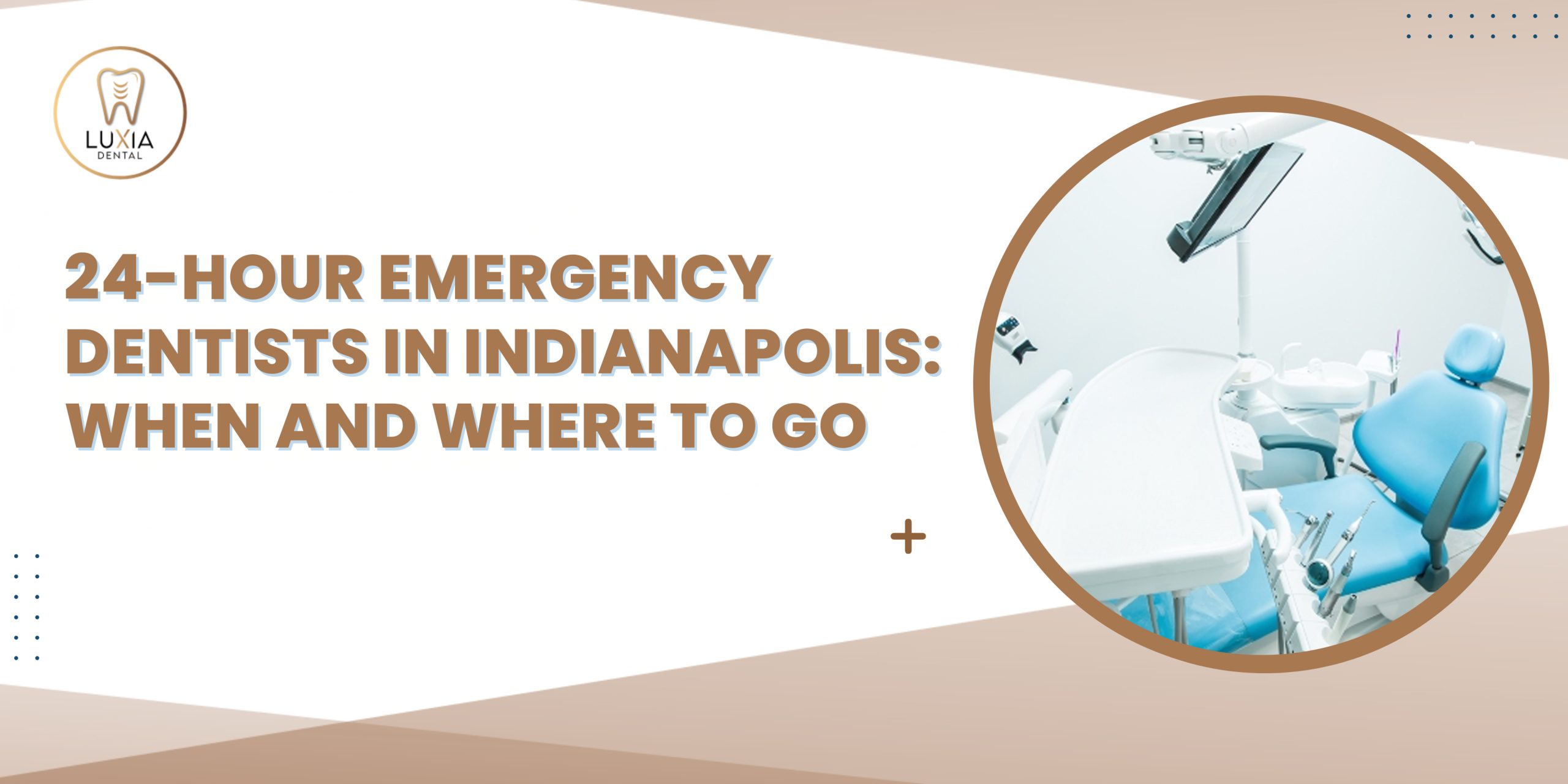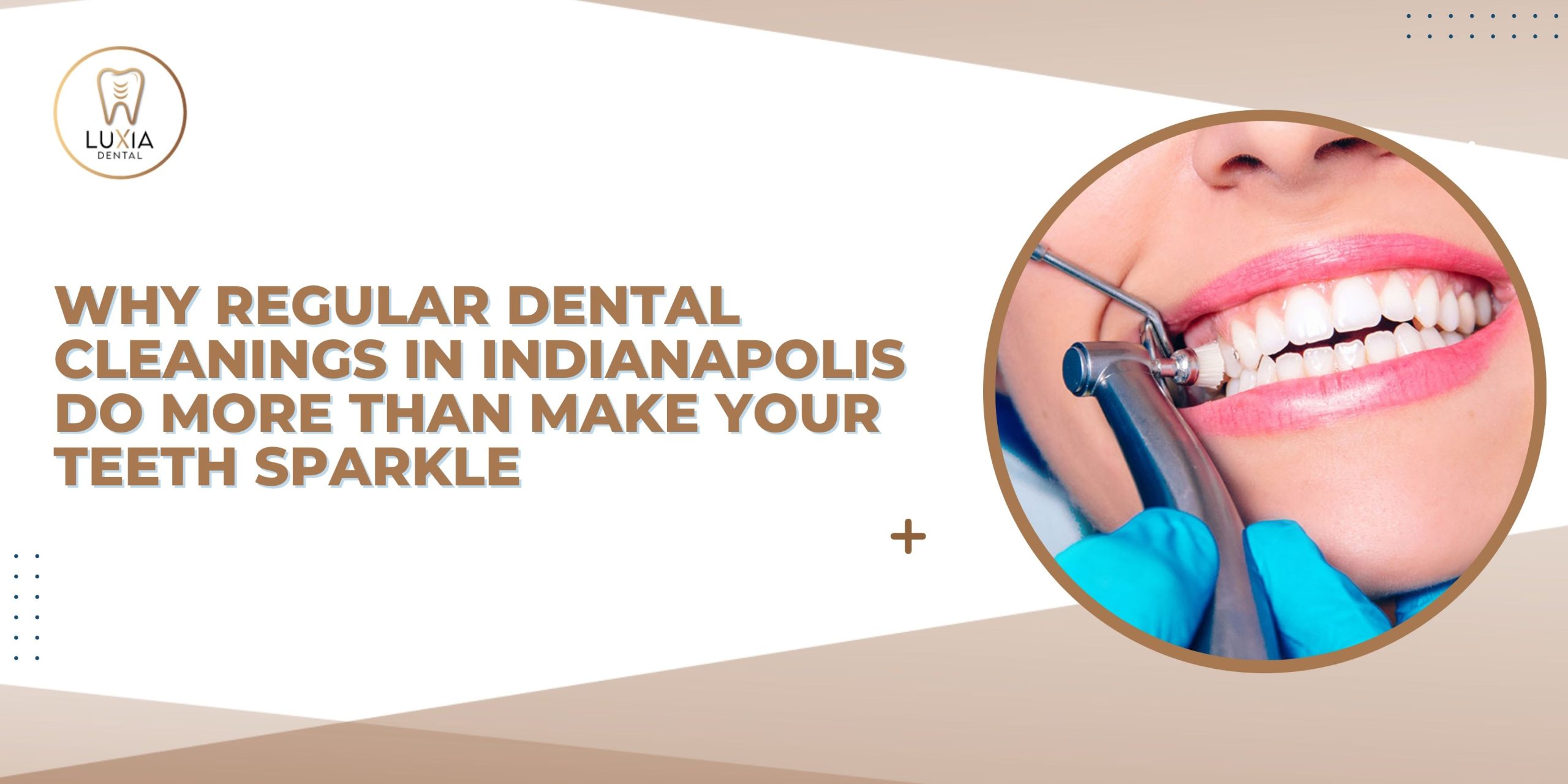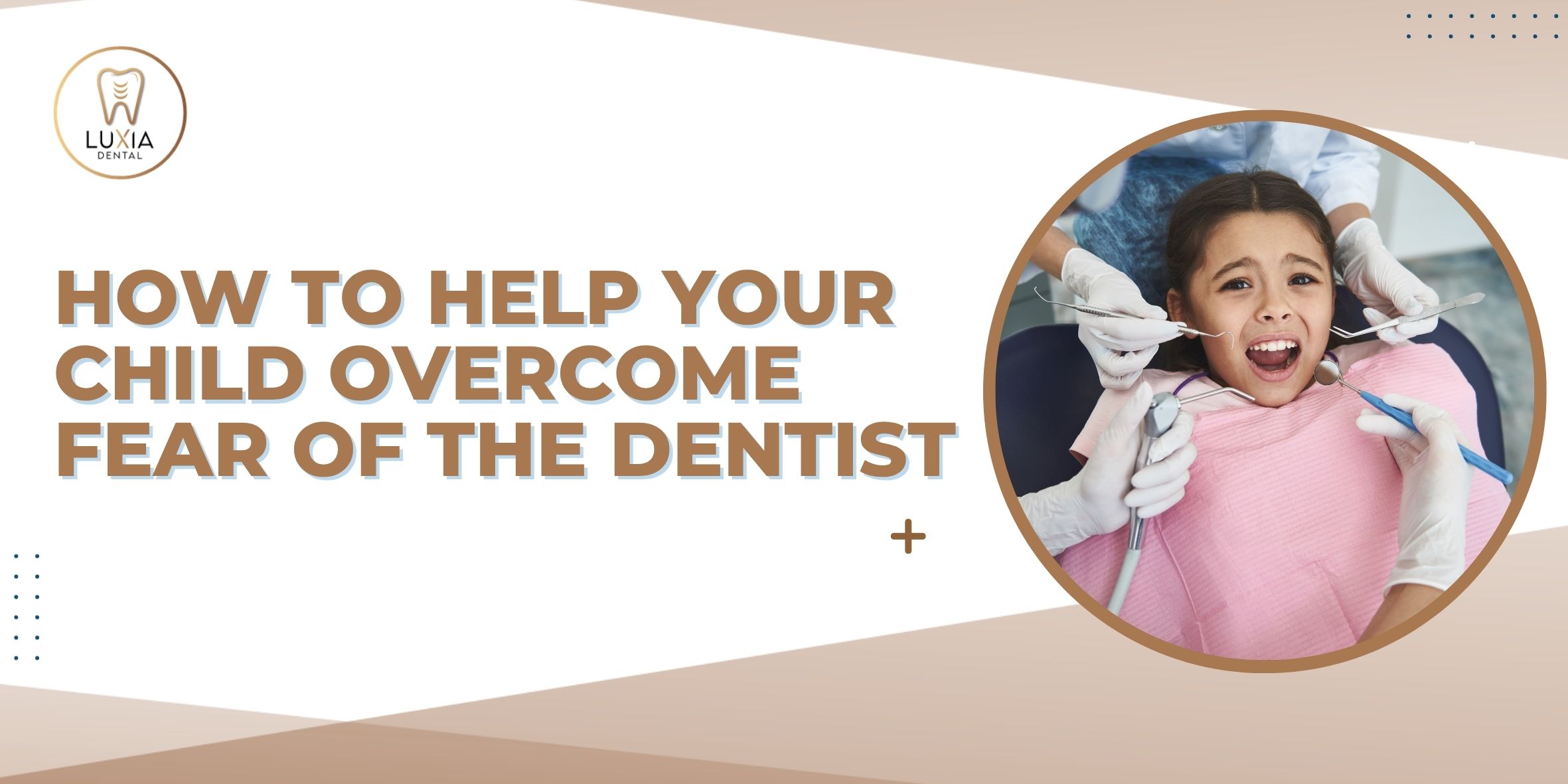When you think of chewing gum, you might imagine bubble-blowing fun or a quick way to freshen your breath. But did you know that certain types of chewing gum can also contribute to better oral health? It’s true — and science backs it up. Here’s how a simple stick of sugar-free gum can support your smile.
1. Stimulates Saliva Production
Chewing gum increases saliva flow in your mouth, which plays a crucial role in maintaining oral health. Saliva neutralizes acids produced by bacteria, washes away food particles, and helps prevent tooth decay. A dry mouth creates the perfect environment for cavities, so boosting saliva with gum is a smart move — especially after meals.
2. Helps Prevent Tooth Decay
Studies have shown that chewing sugar-free gum after eating can help reduce the risk of cavities. That’s because the act of chewing stimulates saliva, which helps rinse away sugars and food debris from your teeth. Some sugar-free gums even contain xylitol, a natural sweetener that reduces bacteria responsible for tooth decayTip: Always choose gum labeled “sugar-free” to get these benefits without feeding harmful bacteria.
3. Reduces Plaque and Strengthens Enamel
Some gums contain ingredients like calcium phosphate or casein phosphopeptides, which can help remineralize enamel — especially important if you’re at risk for cavities. The increased saliva flow also helps reduce plaque build-up, lowering your risk of gum disease and tooth decay.
4. Freshens Breath on the Go
Bad breath, or halitosis, often comes from leftover food particles or bacteria in the mouth. Chewing gum helps by stimulating saliva to cleanse the mouth and masking odors temporarily. While it’s not a substitute for brushing and flossing, it’s a handy quick-fix throughout the day.
5. Supports a Healthy Oral Routine
While gum is not a replacement for brushing and flossing, it can be a supportive habit in between meals or when you’re on the move. It’s especially helpful after eating or drinking when brushing isn’t possible — like after lunch at work or during travel.
What Kind of Gum Is Best?
- Look for sugar-free gum varieties, especially those sweetened with xylitol.
- Avoid gum with sugar, which feeds the bacteria that cause cavities.
- Brands with the ADA (American Dental Association) Seal of Acceptance are a safe bet for dental health.
Final Thoughts
Chewing gum isn’t just a treat — it can be part of a healthy oral care routine. Just make sure it’s sugar-free and used as a complement, not a substitute, for regular brushing, flossing, and dental check-ups. Next time you pop in a stick of gum, know you’re doing something sweet for your teeth — minus the sugar.
Smile on, and chew smart!
